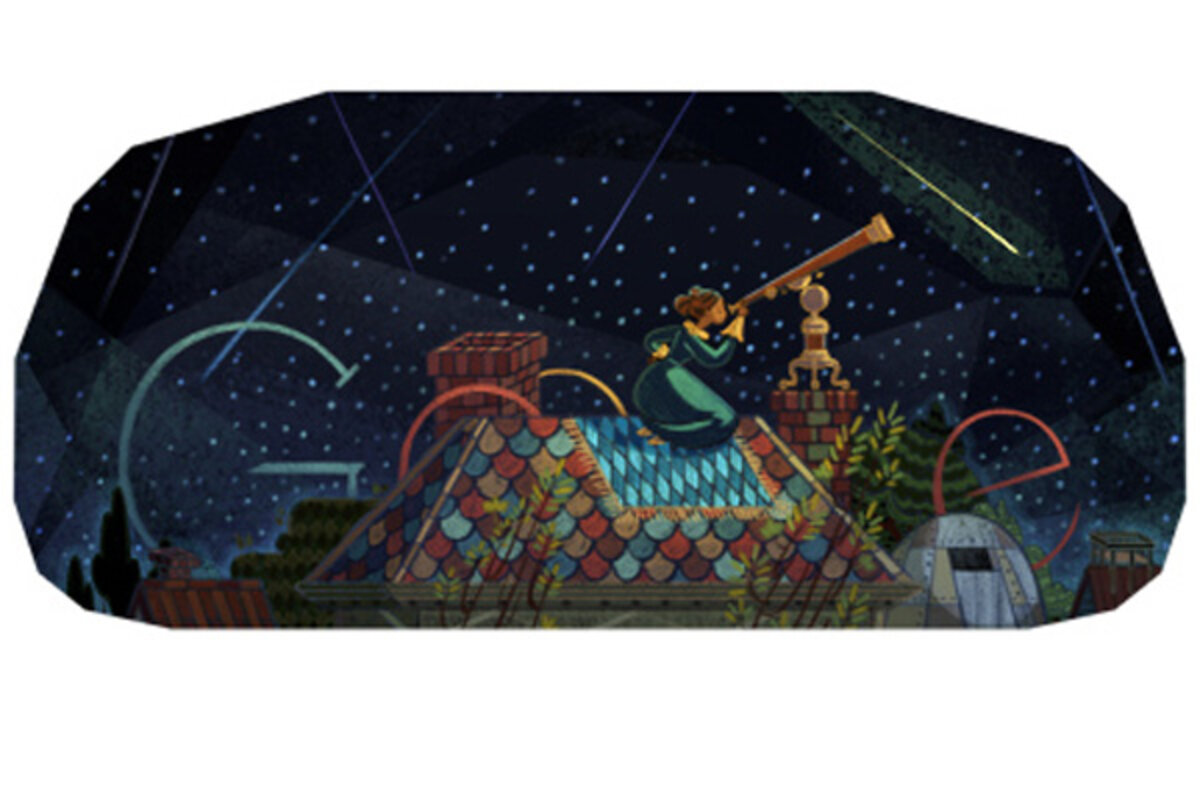Google Doodle honors Maria Mitchell, first American female astronomer
Loading...
In October 1847, Maria Mitchell perched on the roof of the Pacific National Bank in Nantucket, Mass., where her father worked as a cashier. There, through a telescope, she saw a comet that would go on to join a roster of celestial objects and earthly buildings named for her and her work.
Ms. Mitchell, the first female American astronomer, was born 195 years ago today, and her major contributions both to astronomy and to women’s rights are remembered in a Google Doodle. Today’s doodle follows one last month honoring Rosalind Franklin, the British biophysicist who contributed enormously to the discovery of DNA, and joins a number of Google Doodles celebrating pioneering women in science.
Mitchell’s Nantucket world was a seaside one, where time and direction were measured in the stars. As she grew up, she too looked to them – looked up, and found a comet, and then another one.
That first comet, named "Miss Mitchell's Comet,” won her fame – and gold prizes from King Frederick VI of Denmark. In the years following, she became the first female member of the American Academy of Arts and Sciences and the American Association for the Advancement of Sciences. She then went on, in 1865, to become a professor of astronomy at Vassar College, as well as the director of the Vassar College Observatory.
Throughout those years, Mitchell was a major participant in the women’s suffragist movement – women would not get the right to vote in the United States until about 30 years after her death. In 1881, a called her “one of the practical advocates of women’s rights, showing in her work and life what a woman can do.” She was, that profile said, a women full of – and not afraid to show – a kind of fierce determination that had long been associated with men and deemed unattractive on a woman: when an apple tree obstructed her view at her Vassar observatory, she ordered it cut down. And then "continued and closed her work with great satisfaction."
And that determination, that commitment to hard work, was what she hoped to inspire in her young students. In 1890, an wrote that “her advice to young people was never to repine, never to long for the impossible, but got to work and make the best of the opportunity offered.” Do that, and, maybe, its possible to reach the stars.




